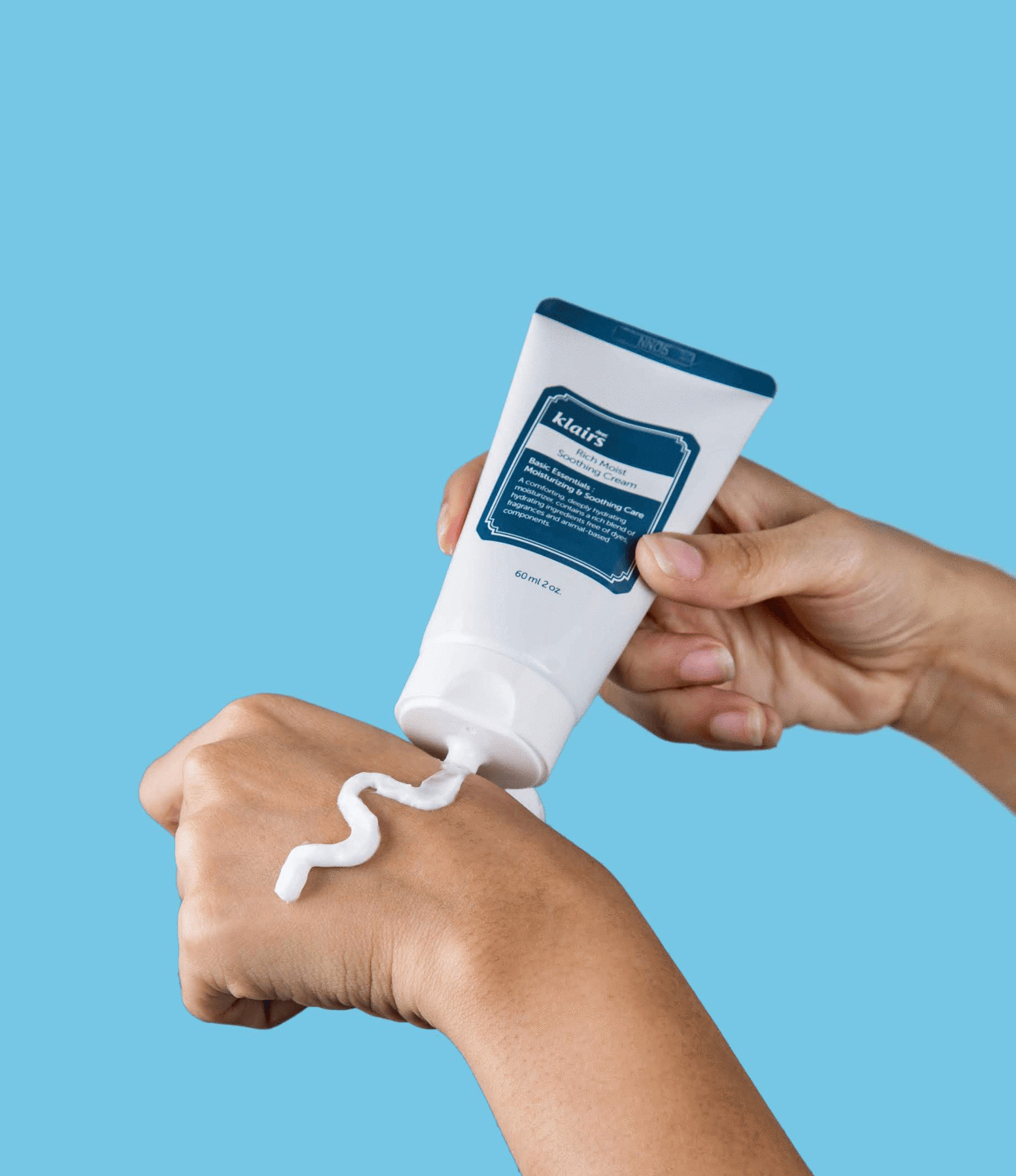
Bacterial counts of subeschar tissue and histopathologic study of the infected burn wounds show that more than 70% of the animals in the "moist ointment" group have invasive wound infection, and the incidence of septicemia with Pseudomonas aeruginosa is 50% as determined by blood cultures. However, "moist ointment" and cream base do not show antibacterial effect. Results of the study show that Ag-FLX cream has a strong antibacterial effect and Ag-SD cream a moderate effect. coli ATCC-25922, or Staphylococcus aureus ATCC-25923. A modified agar well diffusion (AWD) test is performed as a bacterial inhibitory study using Pseudomonas aeruginosa ATCC-27853, E. Bacterial counts of subeschar tissue and heart blood culture, and histopathologic study of the wounds are made as laboratory criteria. Topical therapy lasted for 48h, with dressing change once a day but twice a day for "moist ointment" therapy only. "Moist ointment", cream base, 1% silver sulfadiazine (Ag-SD) cream or 1.2% silver norfloxacin (Ag-FLX) cream is topically applied to the burn wounds at various time interval of 10 min, 8h, 24h, and 48h, after the inoculation of Pseudomonas aeruginosa. A 20% fullthickness burn wound is produced on SD rat back, and they are seeded with 10(9) CFU of Pseudomonas aeruginosa ATCC-27853.

An experimental study is designed for the evaluation of its antibacterial and antiinfection effect. A systematic review and meta-analysis on the use of prophylactic topical antibiotics for the prevention of uncomplicated wound infections.A controversy on the therapeutic effect of topical "moist ointment" in burns has been noticed recently. You can learn more about how we ensure our content is accurate and current by reading our editorial policy.

We link primary sources - including studies, scientific references, and statistics - within each article and also list them in the resources section at the bottom of our articles. Medical News Today has strict sourcing guidelines and draws only from peer-reviewed studies, academic research institutions, and medical journals and associations. People with itchy wounds or localized allergic reactions may find relief by using hydrocortisone cream. Keep it covered if it is frequently exposed to allergens or dirt, particularly if the wound is on a hand or the face. If a person is not interested in using a cream, they should rinse the wound several times a day with mild soap and warm water.Īvoid picking at a wound.
#Moist ointment imeme skin#
It is crucial to check ingredients lists and do a patch skin test before widely using any cream or lotion.īeyond creams and ointments, it is important to keep wounds clean. However, some people are allergic to lanolin. Lanolin-based lotions or those containing vitamin E may also help. Petroleum jelly also carries a lower risk of allergic reactions and may help keep wounds clean and reduce the risk of scarring. The jelly keeps wounds from drying out, which can prevent or ease itching and other unpleasant symptoms. Petroleum jelly products, such as Vaseline, can be good alternatives to bacitracin or Neosporin. No large studies have assessed whether bacitracin ointment or Neosporin is safe to use during pregnancy or while breastfeeding. There is some concern that over-the-counter antibiotic creams may be contributing to the problem of antibiotic resistance. Do not use it on the mouth or the breasts when breastfeeding. Taking bacitracin orally may damage the kidneys and is otherwise unsafe. Too much bacitracin can be poisonous, especially when a person uses it on an open wound and the body absorbs the drug into the bloodstream.

These may result from an allergy or occur independently from a skin reaction.


 0 kommentar(er)
0 kommentar(er)
